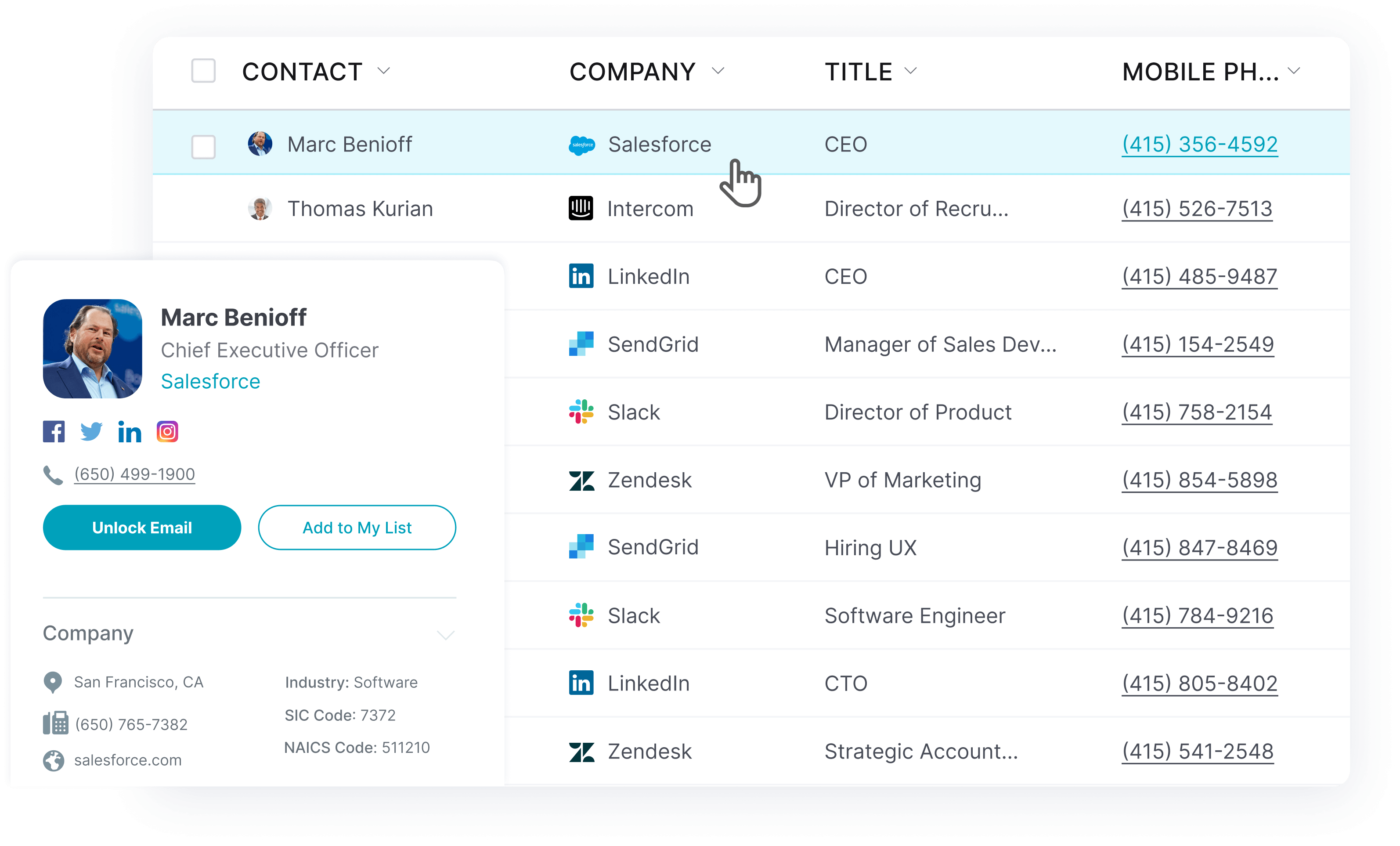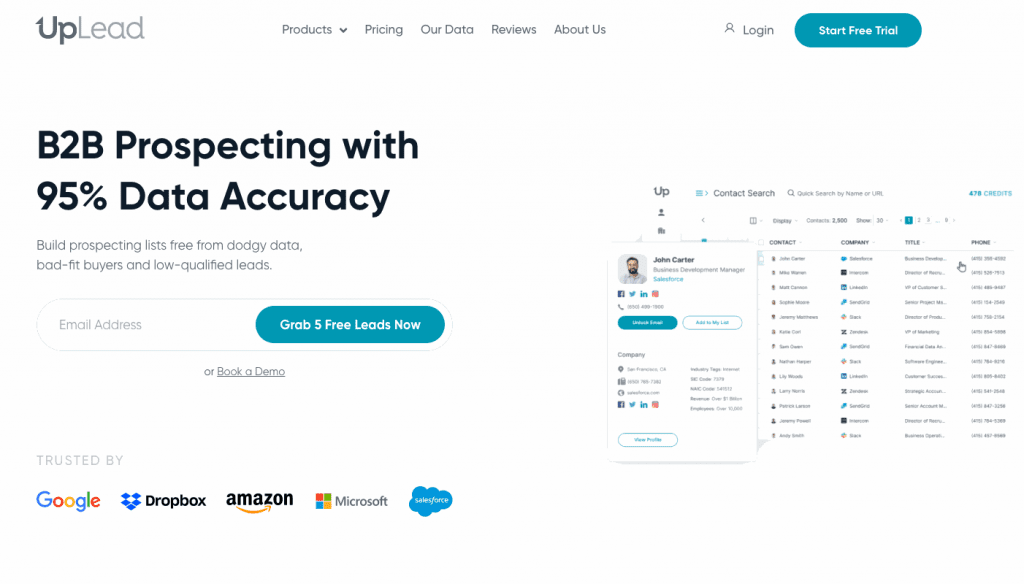Understanding marketing qualified leads (MQLs) and how to identify them can go a long way in scaling your marketing efforts. MQLs are prospects who are most likely to become paying customers based on how they interact with your brand. Because there’s a high probability that these prospects will make a purchase, it makes sense for your sales team to invest more resources into engaging with them.
What is a Marketing Qualified Lead (MQL)?
The term “MQL” refers to someone who has expressed an interest in your product or service by actively engaging with your brand. Taking time to nurture and build relationships with prospects at this stage can significantly boost your company’s sales. The goal is to have your MQLs turn into sales-qualified leads (SQLs), which is the next step in the customer journey.
Several actions can indicate a prospect’s status as an MQL, including:
- Adding items to a shopping cart
- Getting in touch with your team to learn more about your offering
- Subscribing to your newsletter
- Downloading a free or paid ebook, or similar resource
- Using a free trial or demo product
Why It’s Important to Identify MQLs
Your sales and marketing teams can optimally focus their efforts and resources by clearly identifying what makes a good lead and separating them from those less likely to convert. It allows your business to nurture relationships with new customers as they show interest in your product. In addition, the data collected from identifying and tracking MQLs can help inform better marketing decisions going forward. In summary, identifying MQLs will help optimize operations—your team will spend more time and effort on leads most likely to convert.
Criteria to Consider for a Marketing-Qualified Lead
It’s important to create an MQL scoring model based on set criteria. While elements like demographics, firmographics, website interactions, social media, and email engagement are typical ways to define MQLs, these criteria will vary from business to business. Using multiple tools and insights to create an accurate lead scoring system helps your marketing and sales team better qualify leads in a structured way. Your team can identify more qualified leads faster using the following criteria:
1. Demographics
Demographics are a significant factor to consider when creating MQLs. Information such as job title, age, compensation, and geographic location should all be considered. By understanding the demographics of your potential customer base, you can more accurately identify high-value prospects, including MQLs.
Using demographic data to personalize content can also be an effective way to capture MQLs. By aligning content with a particular group’s specific needs and interests, your marketing team can successfully draw MQLs who are highly likely to be interested in your solution.
2. Firmographics (Company Information)
You can determine which businesses most qualify to receive marketing materials by analyzing key firmographic factors like company size and industry. Understanding firmographics lets your team craft highly personalized campaigns based on specific characteristics. These highly-targeted campaigns are far more likely to lead to conversions than generic approaches. Detailed, up-to-date firmographic data is a great resource for anyone looking to create MQLs.
UpLead is an advanced tool used to find highly relevant company data. It can also help segment your MQL lists by key data points like:
- Company size (e.g., SMB, mid-market, enterprise)
- Industry
- Annual revenue
- Headquarters location
- Type of business (e.g. B2B or B2C, product or service)
Lead generation doesn’t have to be all that painful. With UpLead, you can easily connect with high-quality prospects and leads to grow your company.

3. Website Interaction
When people visit your website, they have several ways to engage with your brand. Each action implies different levels of purchase intent. Understanding these interactions is critical when determining a visitor’s eligibility as a qualified lead.
Various website interactions will help you understand a prospect’s level of interest. Downloading an ebook could indicate they’re ready to learn more and are prepared for a deep dive into a specific topic. Requesting a demo might mean that they’re evaluating your product’s features and how they compare to the competition. Signing up for your newsletter or webinar means they want to stay informed about topics related to your product or service. Tracking these interactions will help you accurately assess your leads’ status—each interaction paints a picture of your lead’s level of interest and the probability that they’re ready to enter the sales funnel.
These types of website interactions include:
- Reading FAQs
- Leaving comments on blogs or social media
- Downloading files and resources
- Subscribing to newsletters
- Submitting contact forms
- Engaging in a live chat
4. Email Engagement Rates
Analyzing email engagement rates are an essential way for marketing teams to assess the quality of their leads. Your marketing team can gain valuable insight into how individuals engage with your content by tracking emails’ open and click-through rates. Knowing who is opening emails, clicking links, and acting according to the emails’ call-to-action allows marketers to identify the leads who are more likely to convert. This data helps marketing teams determine which leads are classified as MQLs and take action to move those leads further down the sales funnel.
5. Social Media Engagement
Measuring engagement on social media is a great way to determine whether or not an individual or business is a potential marketing qualified lead. By tracking likes and followers, you can quickly discover your most engaged leads and determine who has the most potential to become a customer. The level of engagement indicates the level of interest in your product or service. By monitoring interactions on social media channels, your sales and marketing teams can stay up-to-date on which leads may be ready to take the next step.
How to Establish MQL Criteria for Your Business
Creating an effective, metrics-driven sales and marketing strategy can be daunting. A successful strategy includes identifying useful measurements and setting specific goals. Regardless of your industry, it’s important to keep the following points in mind:
Align Marketing and Sales Teams
Ensure that your marketing and sales teams agree upon what constitutes an MQL for your business. If the definition of an MQL differs between team members, it can lead to information disconnects. This misalignment can result in lost customer relationships and revenue. Your marketing and sales teams should agree on which actions create MQLs. This ensures everyone operates from the same knowledge base regarding prospective customers and makes building a list of high-quality MQLs easier.
Keep Your Buyer Persona Top of Mind
When determining what an MQL means for your business, keeping your buyer persona top of your mind is important. Define what your ideal customer wants and needs from you, and use that information to refine your MQL qualification list. This insight is key; it’s not enough to just have a set of criteria for what makes an MQL (i.e., interaction on your website). You also need to ensure your MQLs are aligned with the type of potential customer who would thrive with your product or service.
Revisit & Revise MQL Criteria as Needed
In an ever-changing market and growing tech landscape, your company’s definition of an MQL should be revisited regularly. Be sensitive to changes in your industry and shifting consumer preferences—and revise your MQL criteria as needed. This ensures that your definition remains accurate and targeted to your ideal customer. Be sure to monitor your marketing campaign’s performance when generating MQLs, and make adjustments when necessary.
Use UpLead to Find Marketing Qualified Leads Fast

Finding MQLs can be time-consuming and tedious, but with UpLead, you can quickly and easily find potential customers who fit your target demographic. UpLead guarantees over 95% data accuracy and accesses over 160 million B2B contacts. UpLead’s filtering mechanism can pinpoint leads by demographic and technographic data points. The platform offers a tailored approach to finding leads with the highest potential for conversion. With UpLead’s powerful filtering tools, you can source laser-focused leads in no time—saving your sales team time and energy in the lead-generation process.
FAQs About Marketing Qualified Leads
Below are a few of the most frequently asked questions about MQLs.
MQLs are prospects who have engaged with your business in a way that expresses interest in your product or service. It makes sense for your sales team to reach out to these leads and discuss the next steps in the B2B sales process. At this point, the prospect becomes an SQL (sales qualified lead)—they’re ready for direct engagement with your sales team and will be guided further down the sales pipeline until they’re ready to make a purchase.
An MQL comes first in the sales process. After proper nurturing and qualification, MQLs may exhibit more definitive signs of purchase intent. At that point, they are considered an SQL or sales qualified lead.
There are many ways that an MQL can become an SQL. For example, an MQL might be someone clicking a link in an email marketing campaign or going to a landing page on your website. Once the MQL meets certain criteria, such as signing up for more information or providing more details about themselves or their company, they become an SQL. At this point, they’re ready to be contacted by your sales team and moved through the sales funnel to make a purchase.
What You Need to Remember About Marketing Qualified Leads
Understanding and identifying your market-qualified leads (MQLs) is crucial for any successful business. No matter your industry or the type of product you offer, establishing a set of qualifying criteria and developing a lead-scoring model will streamline your sales process. UpLead can help you quickly identify leads most likely to become MQLs. You can use the platform’s business intelligence tools to search for prospects that fit your customer profile. Your team will be able to find the most suitable leads for their sales outreach and kickstart this essential step in the sales cycle.








